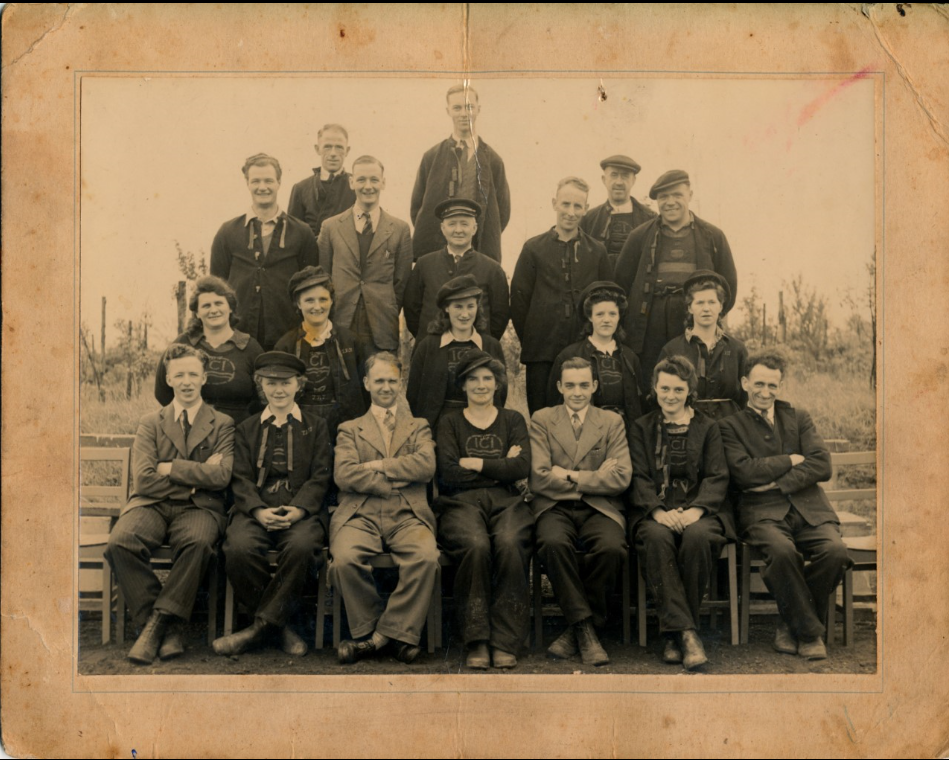
A couple (Ron and Morag) recently contacted the Museum and sent us a photo of Morag’s mother who worked at ICI Powfoot during the Second World War. She is pictured in the photograph below (front row, second from left) with other people who also worked in the Factory.
Morag’s mother was Mary Taylor Napier (maiden name Dirom) who worked at ICI Powfoot during the Second World War. She was born on the 11th May 1921 in Templand, Dumfriesshire. She then married on 2nd February 1940 at Dryfesdale, Lockerbie to James Ross Napier (who was on leave from the army). She lived in Lockerbie during World War Two.
After the War, James and Mary moved to Templand in a ‘prefab’ where they had their first child Morag (who gave us this information). Mary and James, with three children and a fourth on the way, emigrated to Australia in 1956 and this is where they lived until Mary passed away on the 16th July 2000 in Murwillumbah, New South Wales, Australia.
The couple would also be very interested to know if anyone knew any of the other people in the photo and see if they can identify them. They don’t really know much more information about the photo or who is in it which is why they would like some more information if anyone can help. Please email: manager@devilsporridge.org.uk if you have any information you would like to share with us. We have a large collection of objects and material relating to the Second World War in our region and are always keen to know more.
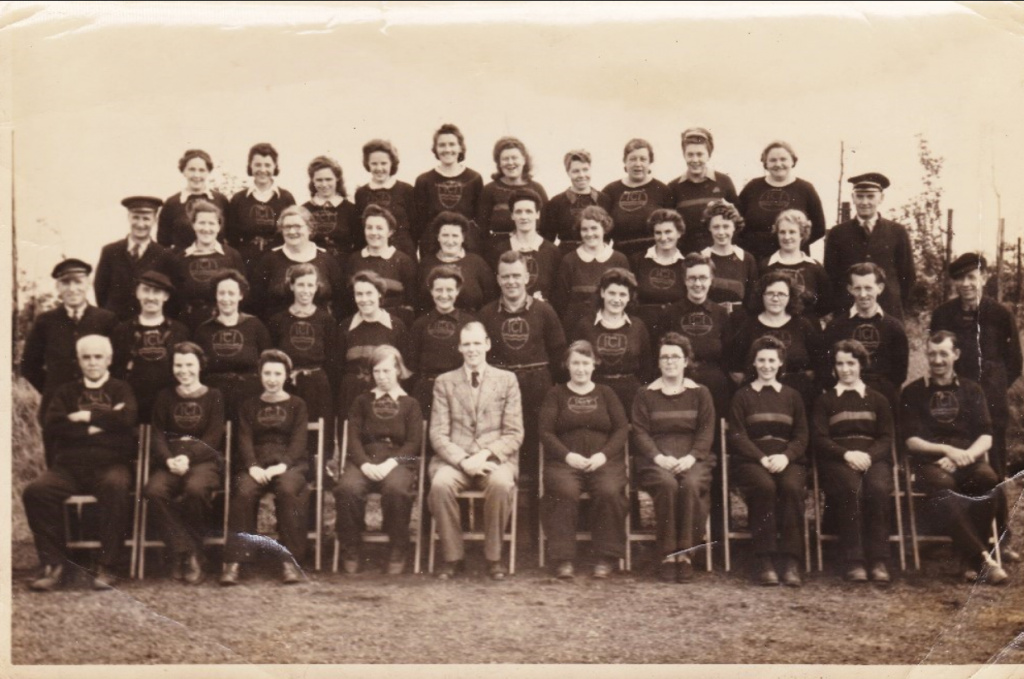
Photo on display of ICI Powfoot workers

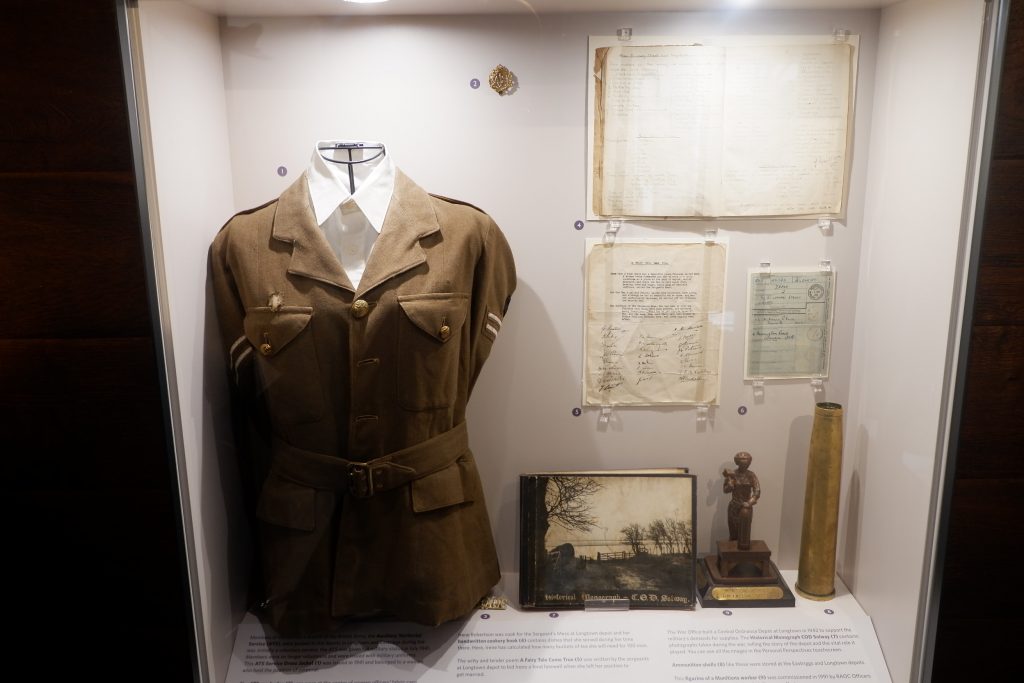

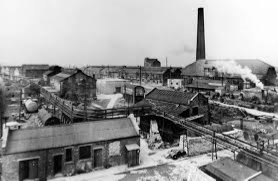

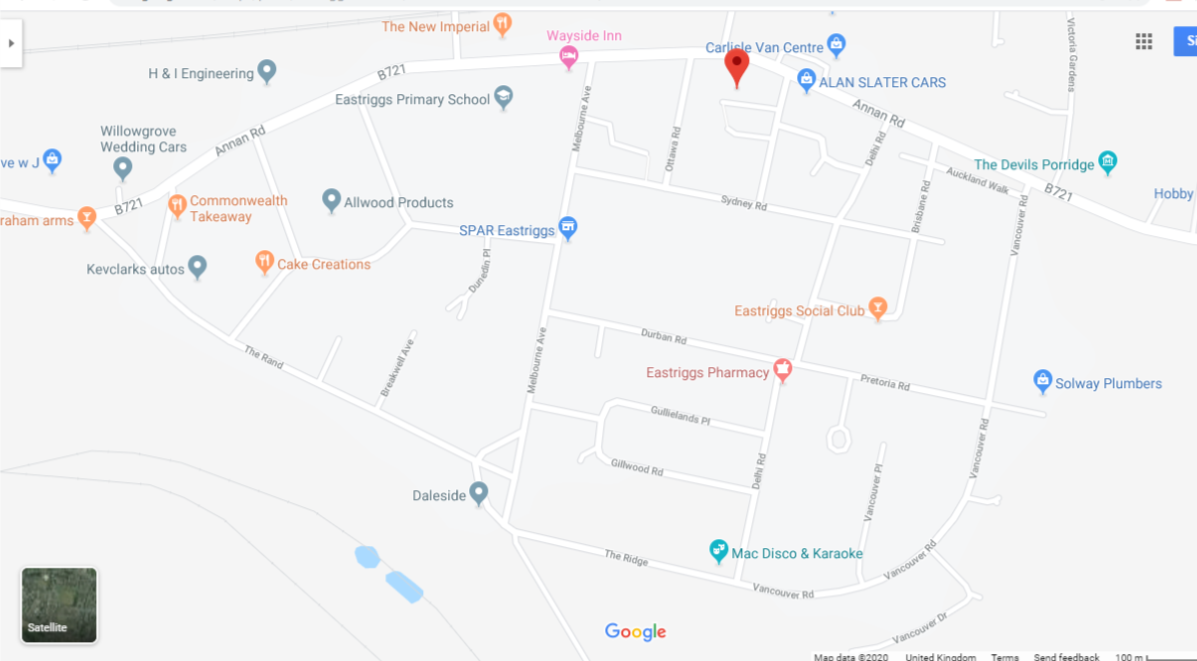
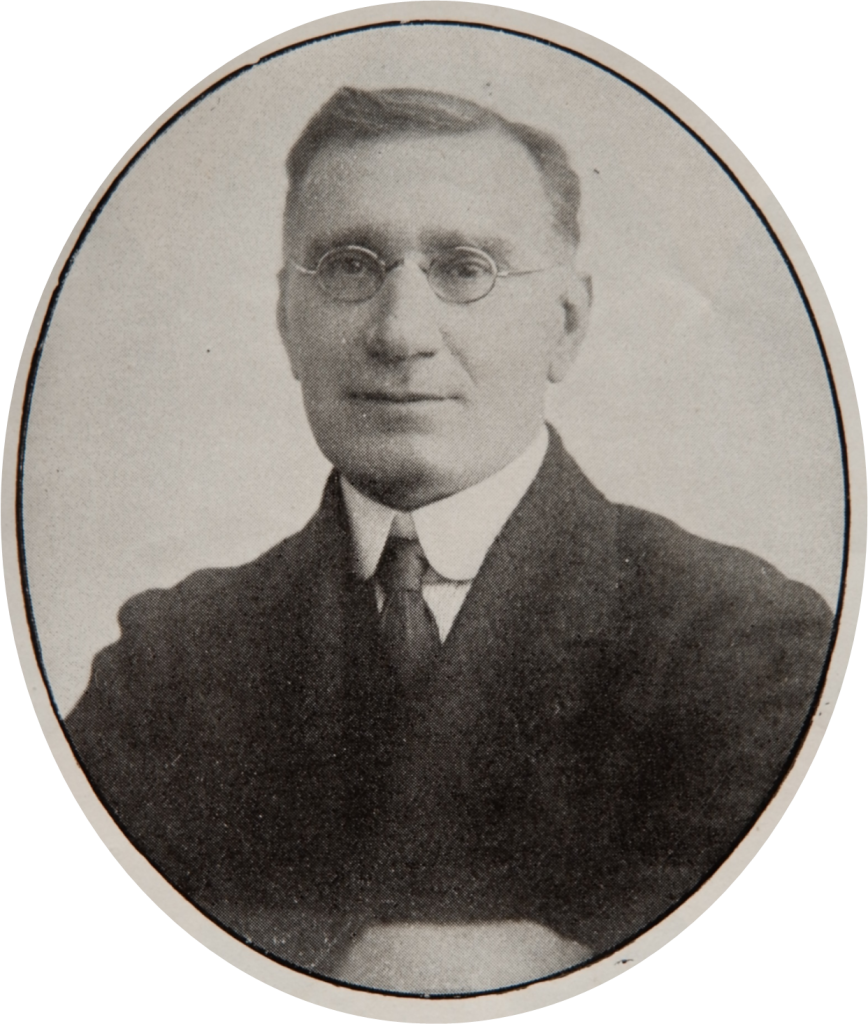
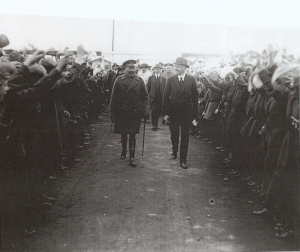
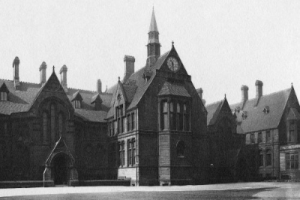

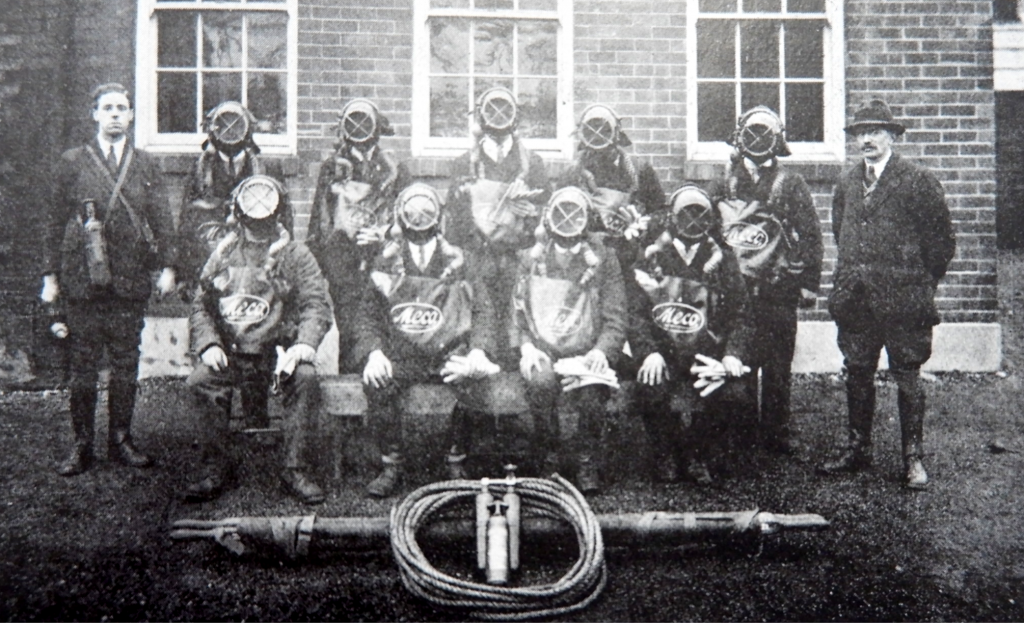
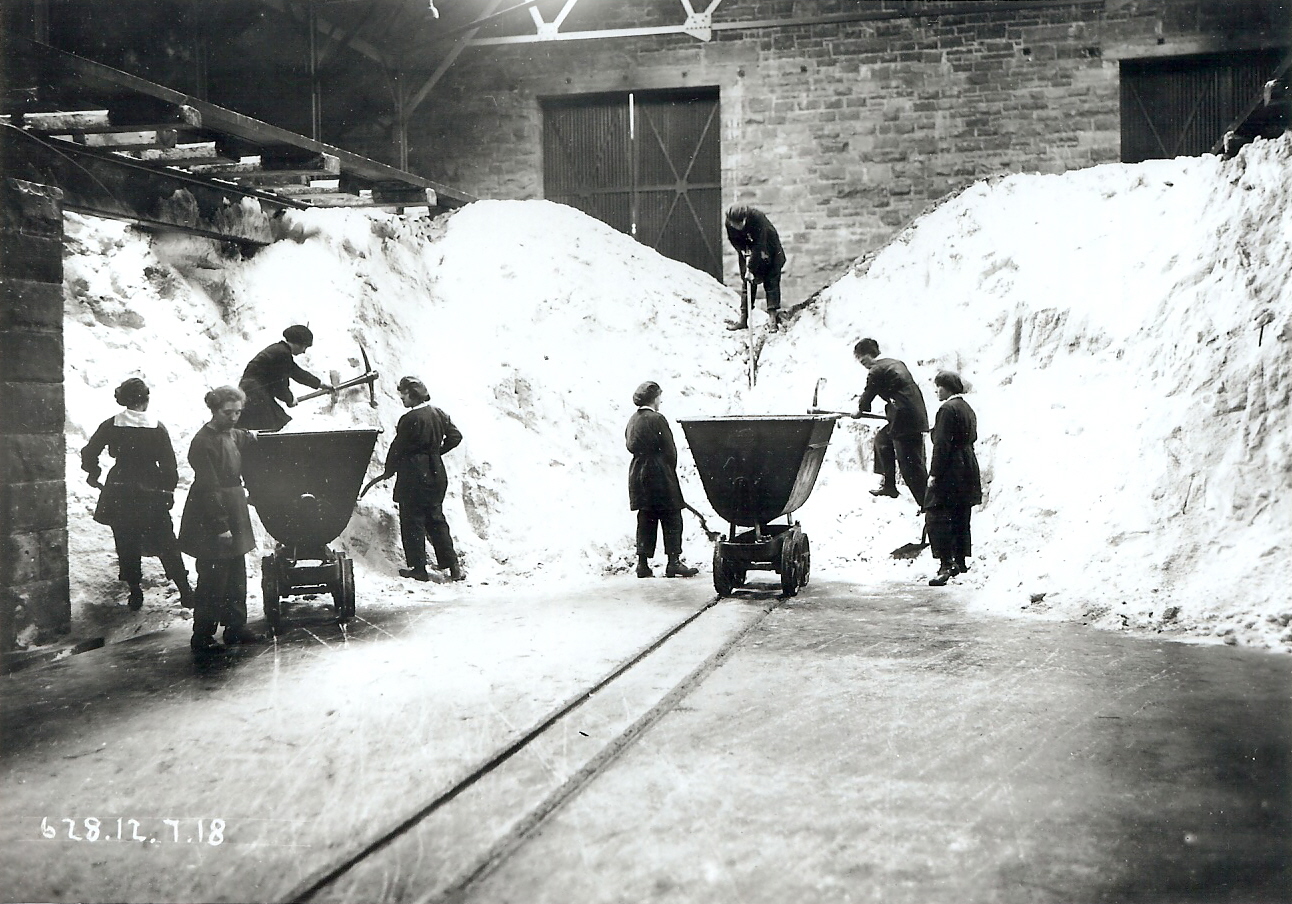
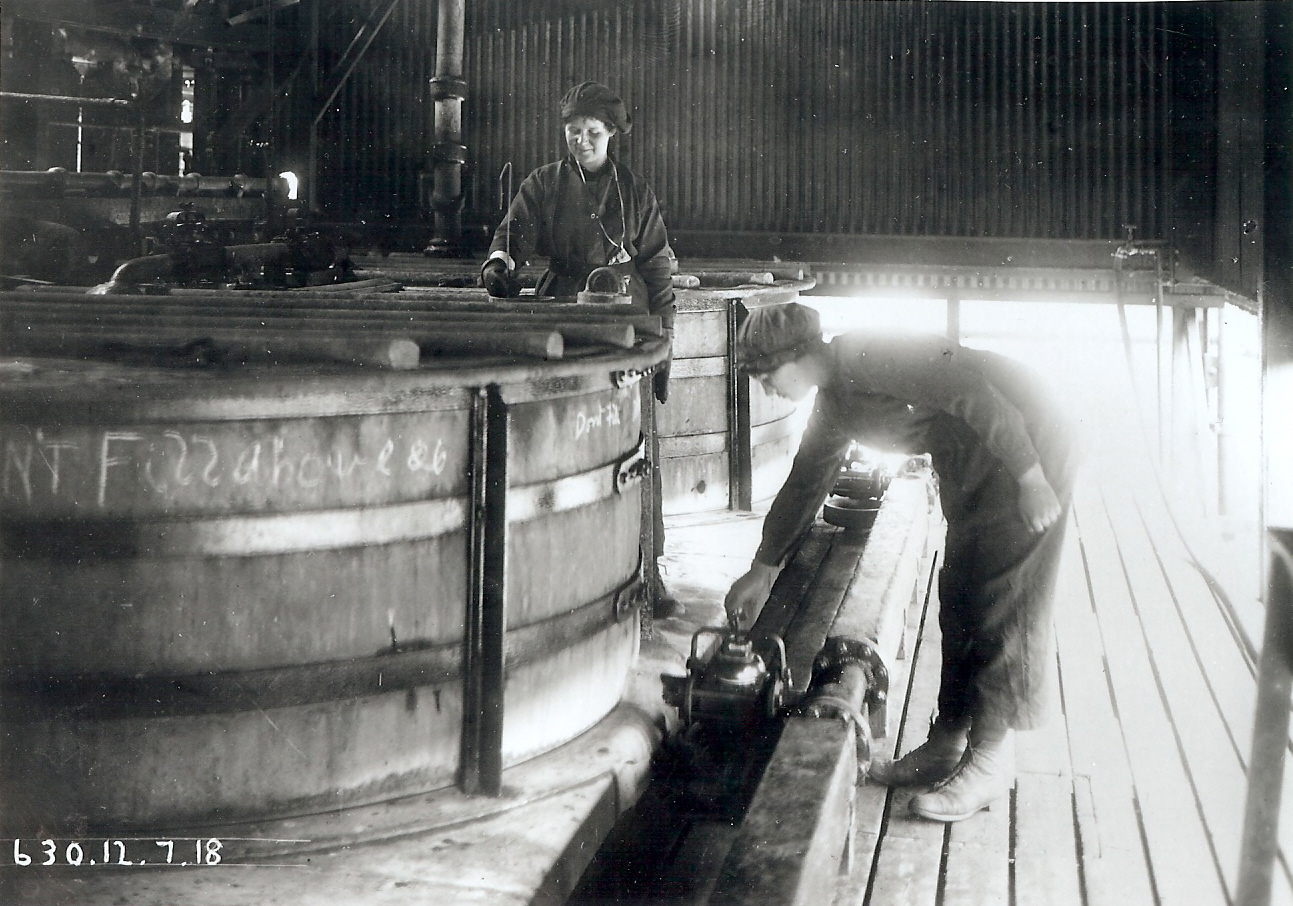
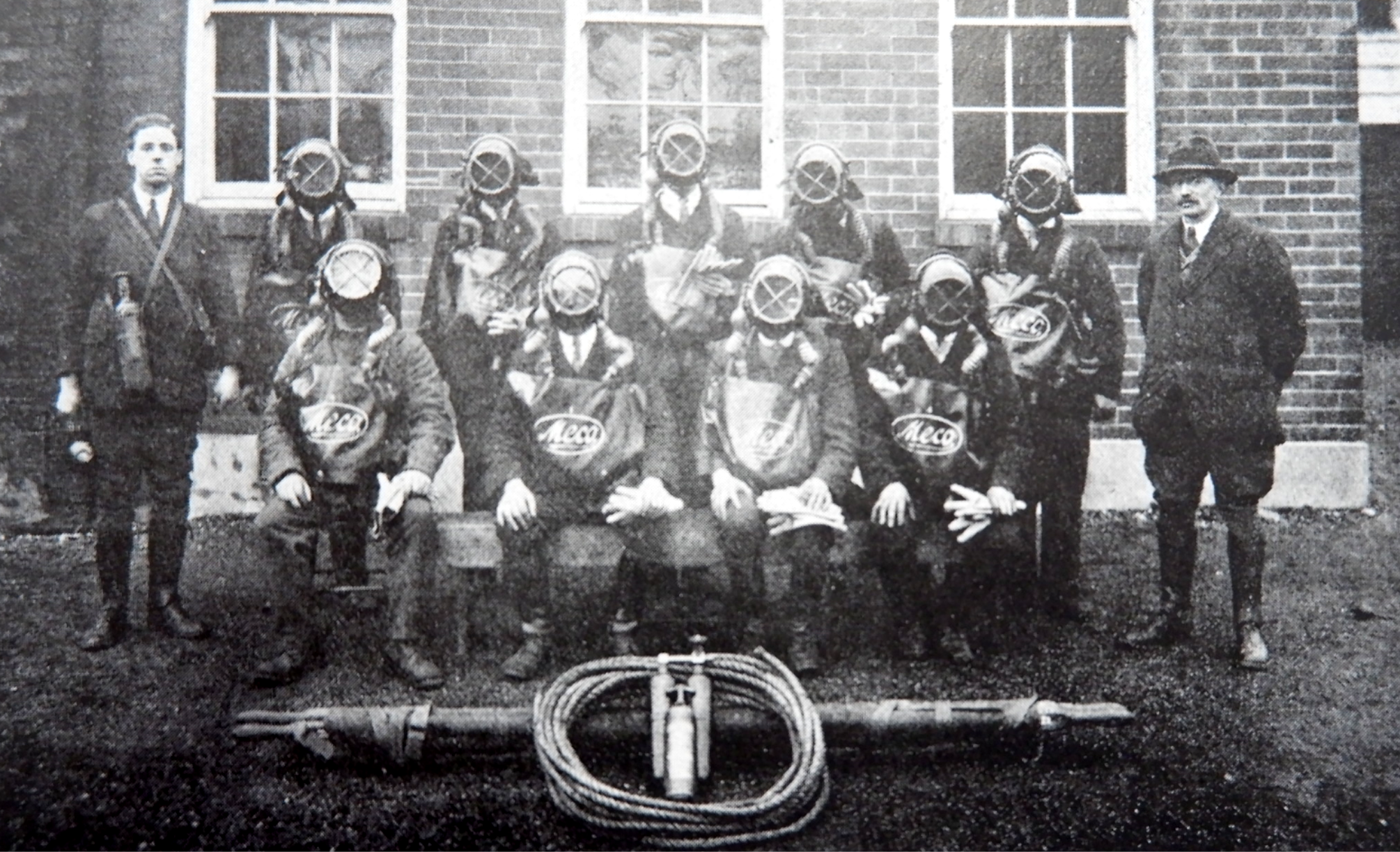


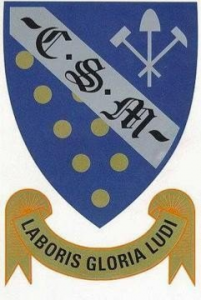
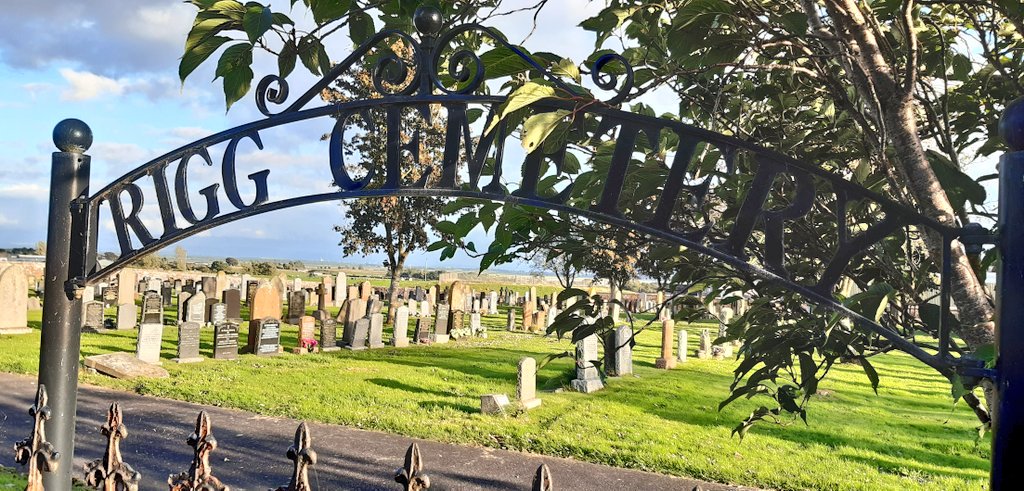
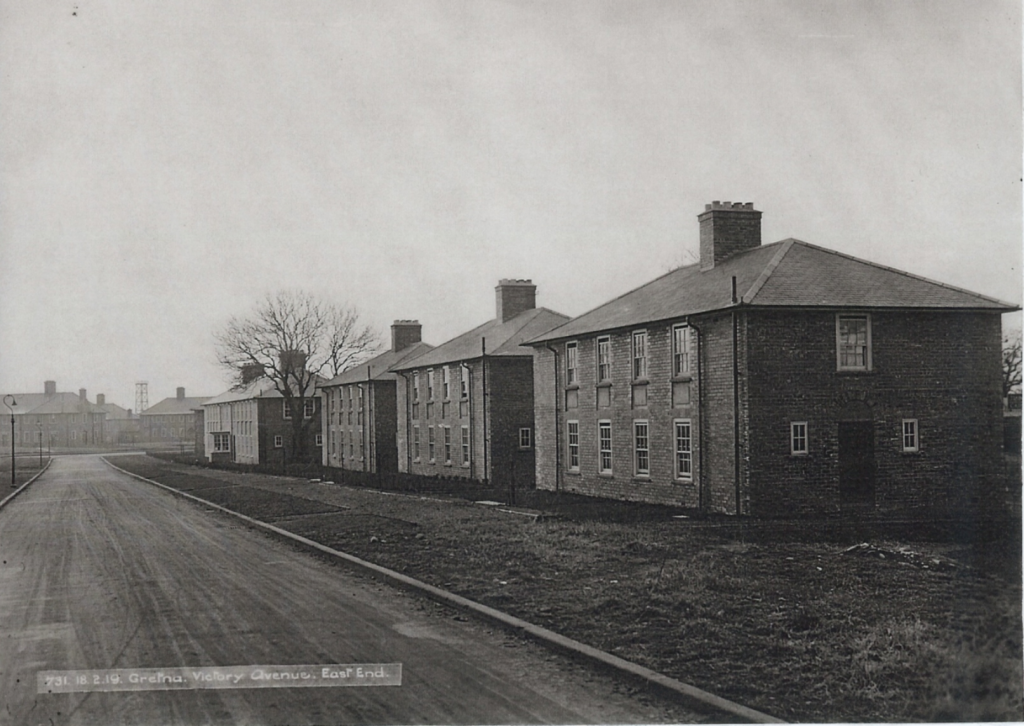
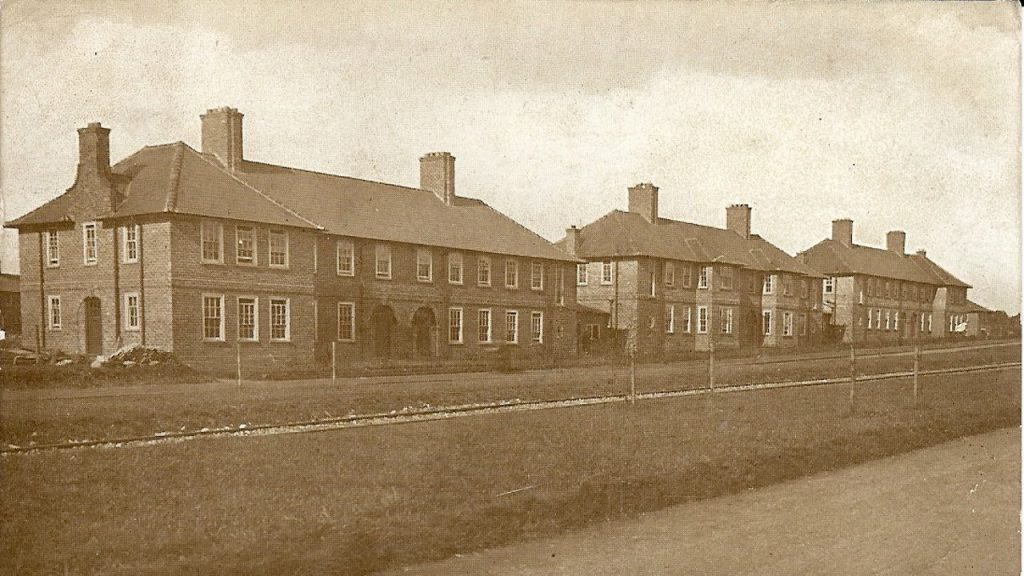
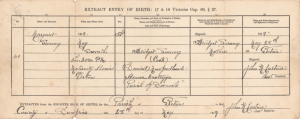


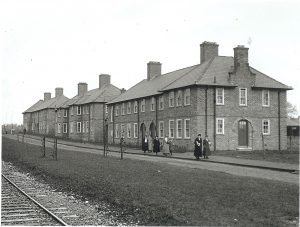
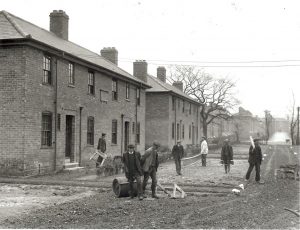
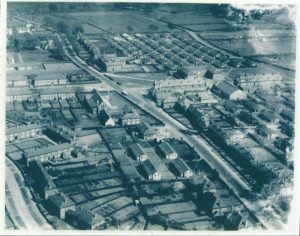
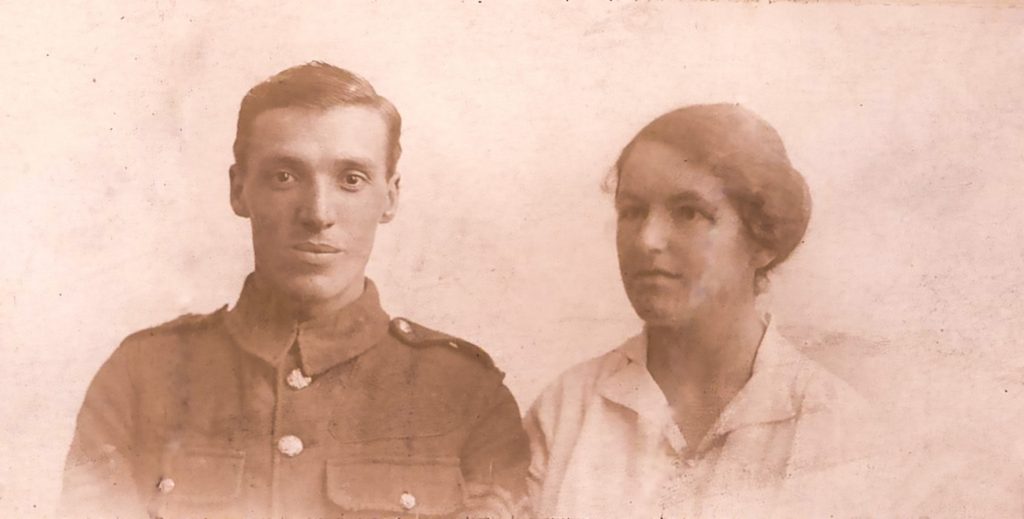
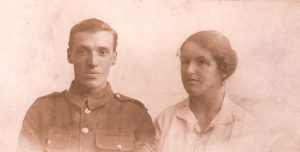
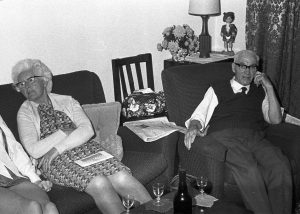
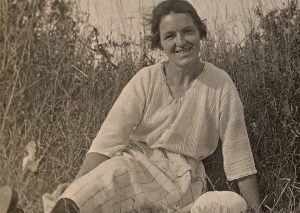
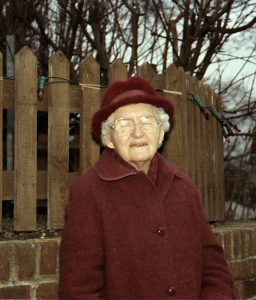
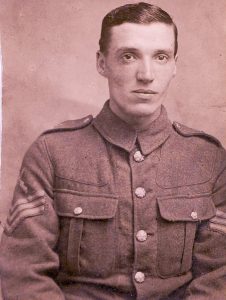
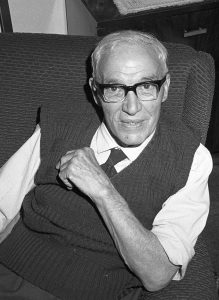
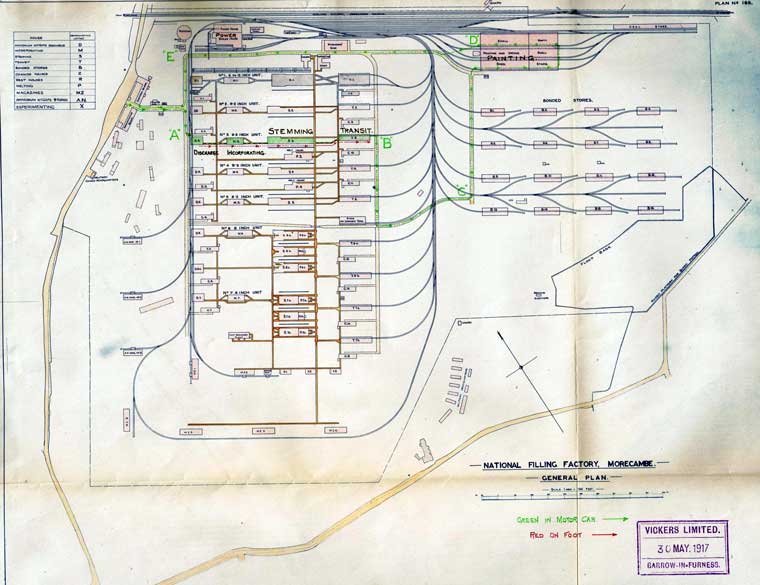
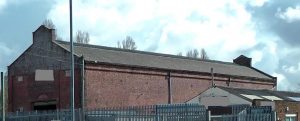
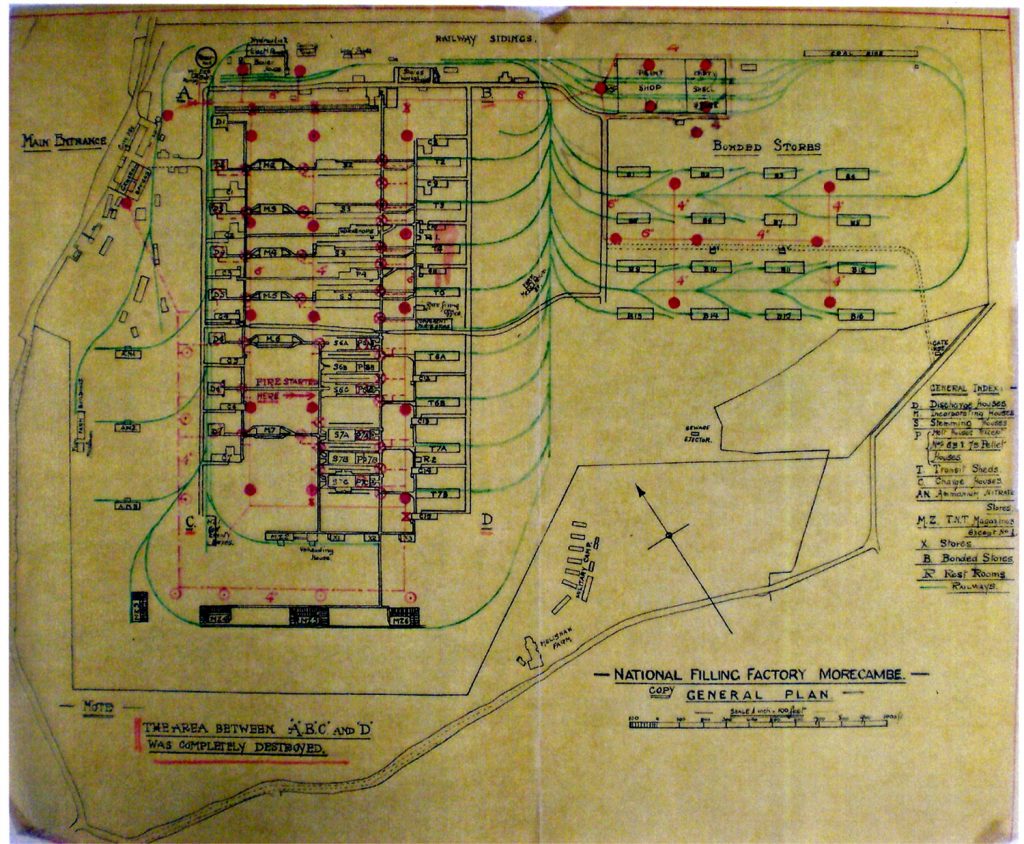
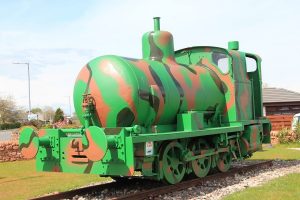
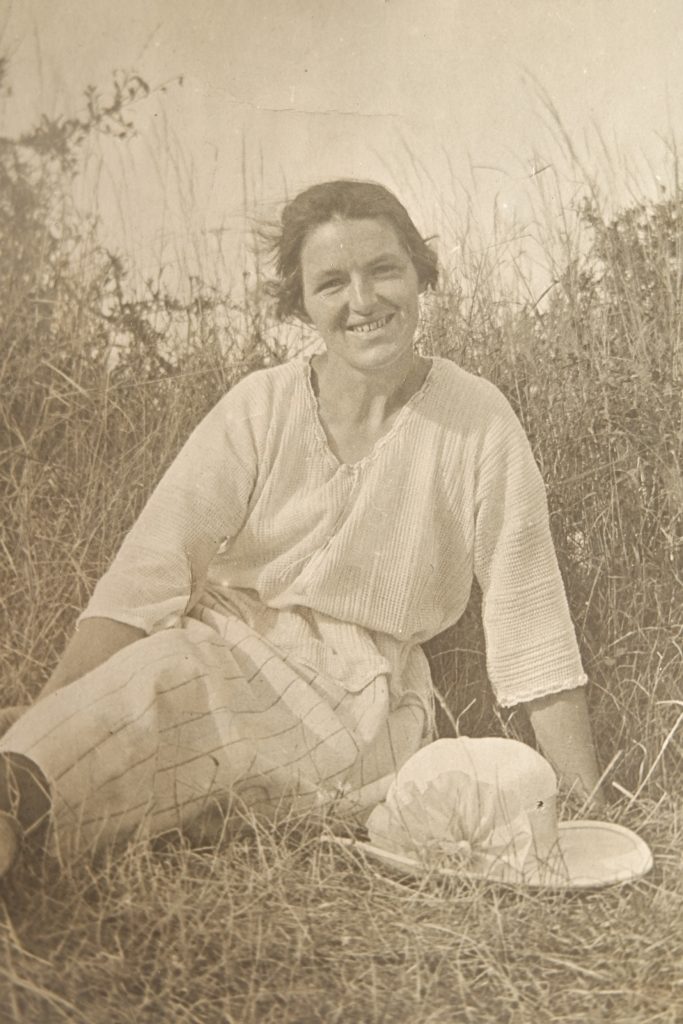
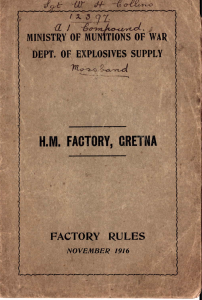
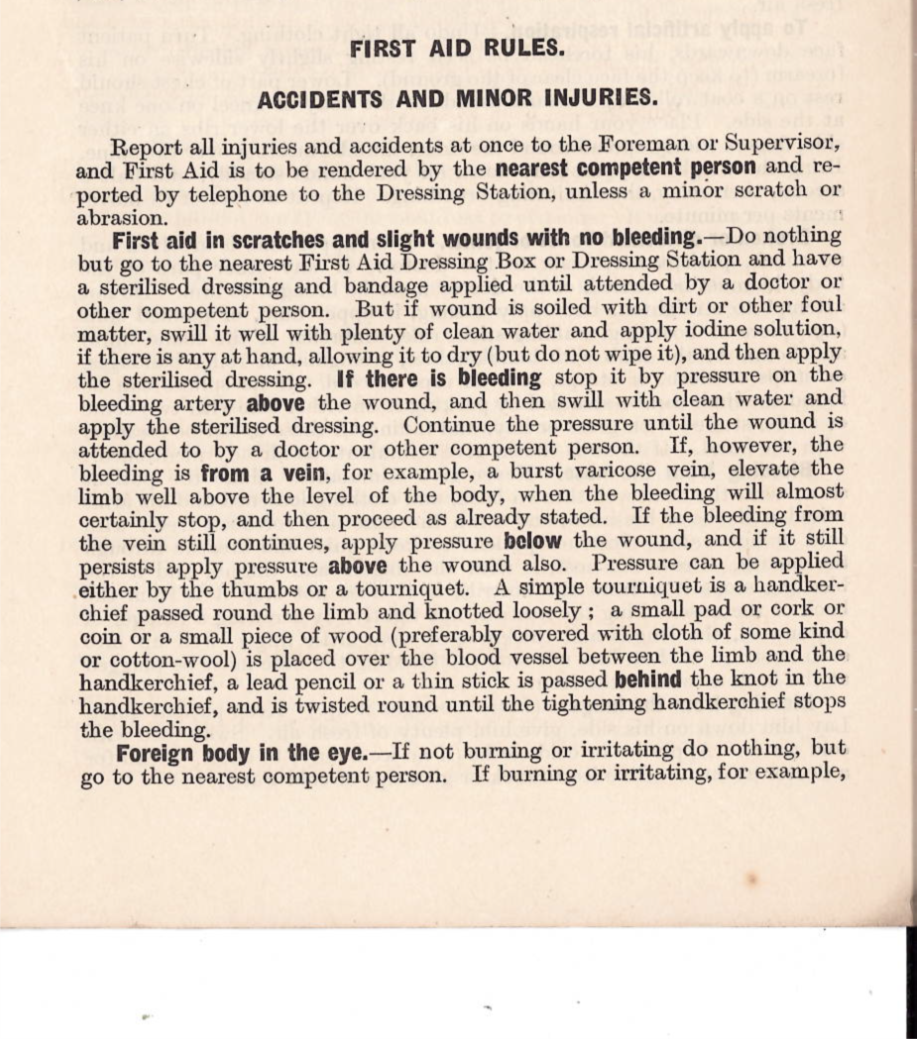
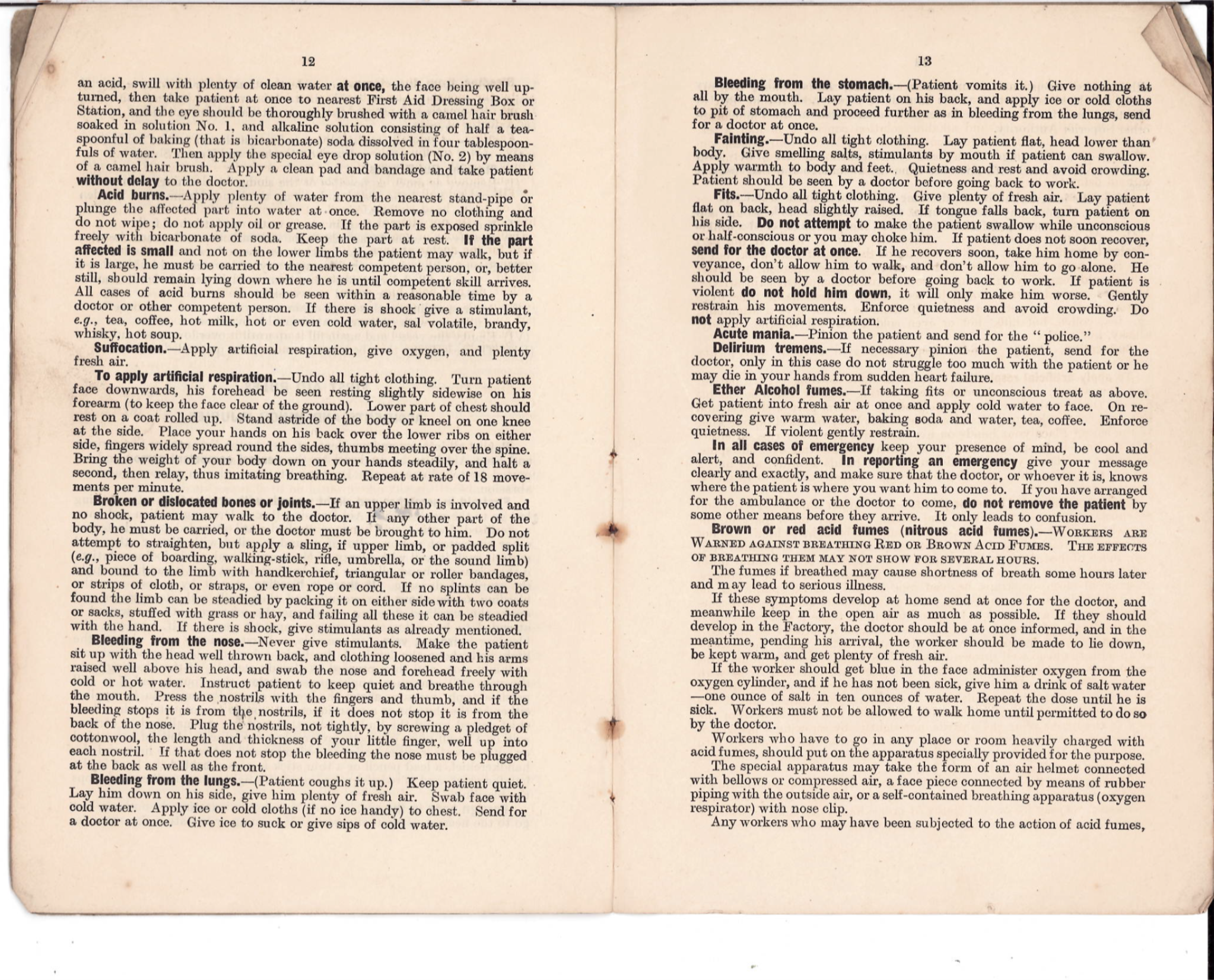
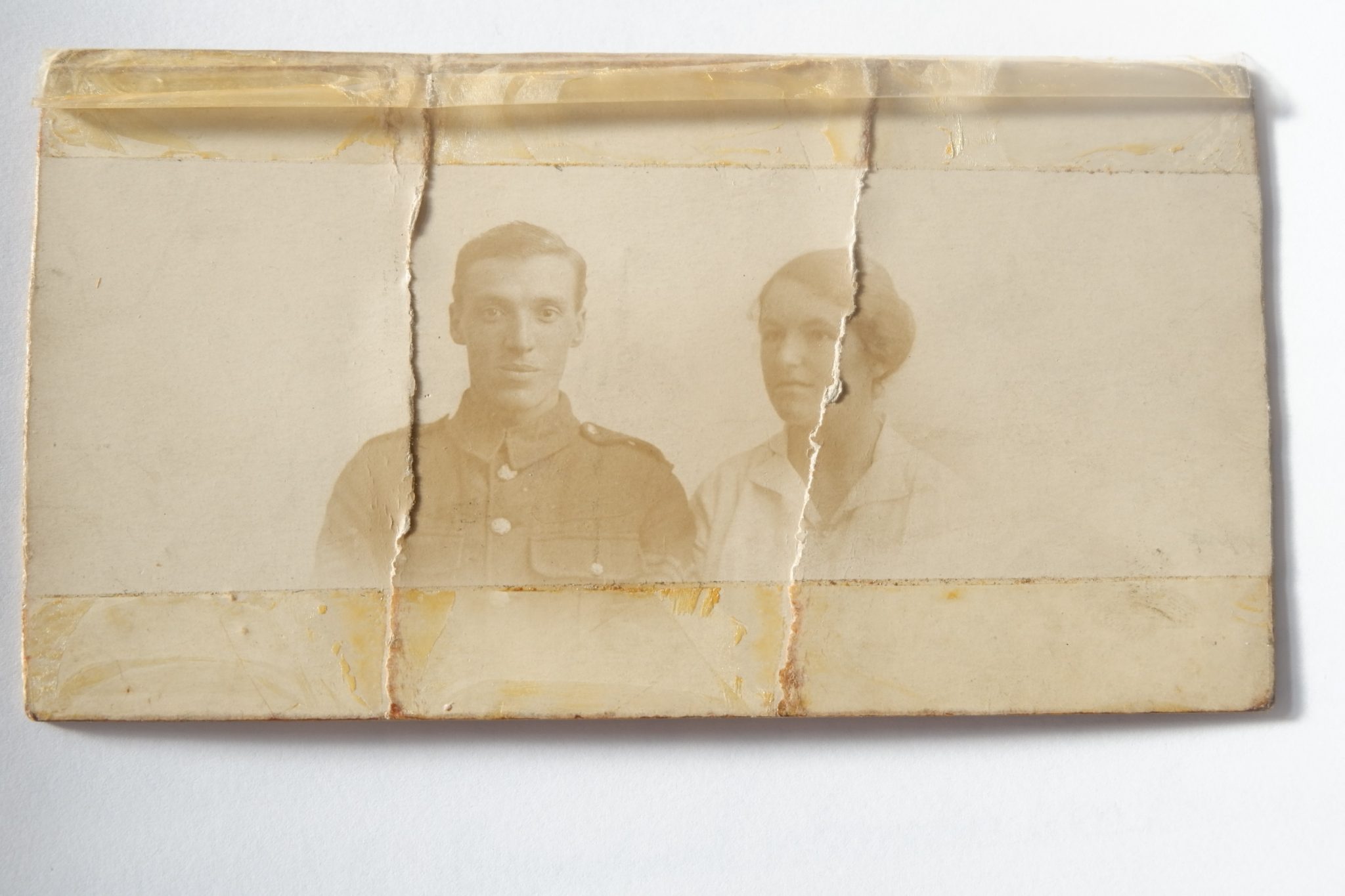 William Henry Collins was born on 24 September 1894 in Colchester, Essex. He joined the Royal Engineers in 1914 and met Anne Smith in 1916 when he was stationed in Gretna. He married Anne Smith on 7 July 1917 in Southsea. They had 4 girls in Colchester during their marriage. They moved to Beeston, Nottingham where he worked at Wilford Power Station. He died on 26 October 1981 in City Hospital, Nottingham at the age of 87.
William Henry Collins was born on 24 September 1894 in Colchester, Essex. He joined the Royal Engineers in 1914 and met Anne Smith in 1916 when he was stationed in Gretna. He married Anne Smith on 7 July 1917 in Southsea. They had 4 girls in Colchester during their marriage. They moved to Beeston, Nottingham where he worked at Wilford Power Station. He died on 26 October 1981 in City Hospital, Nottingham at the age of 87.